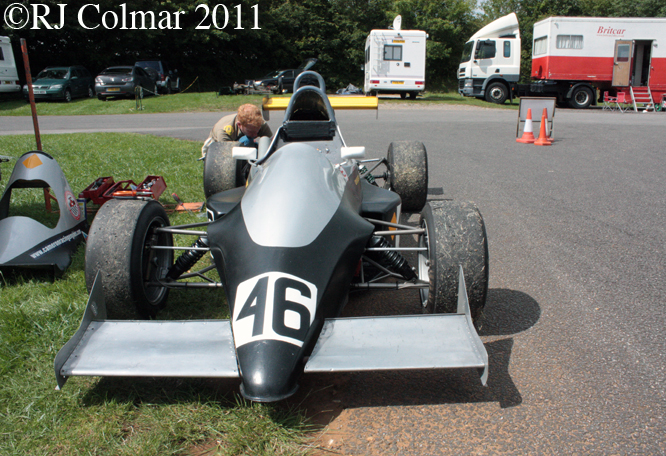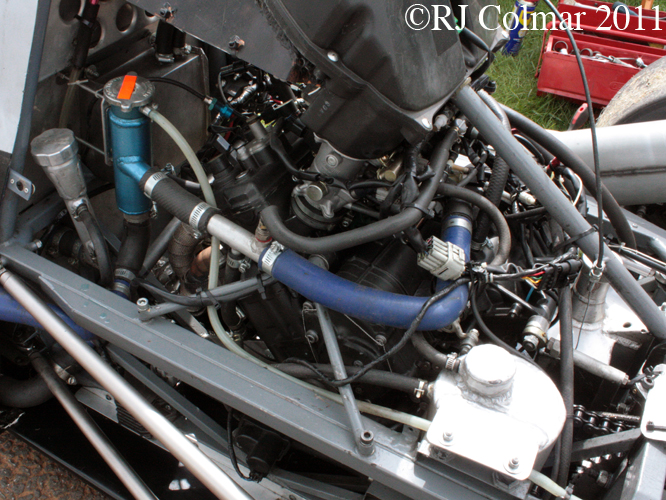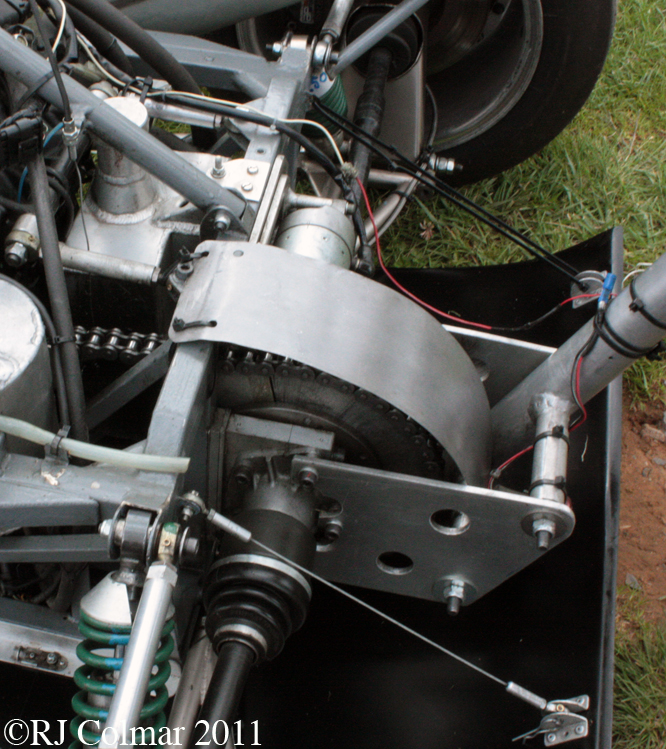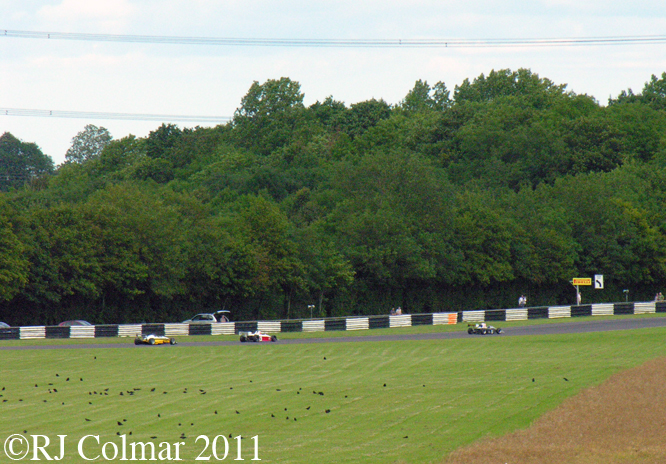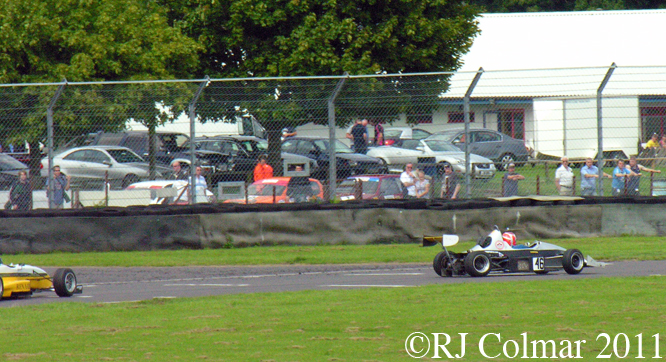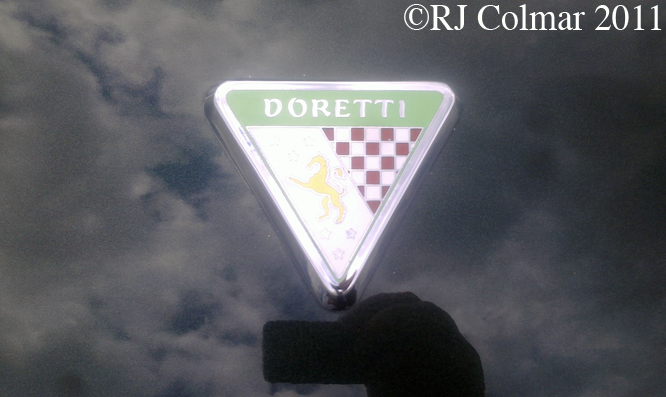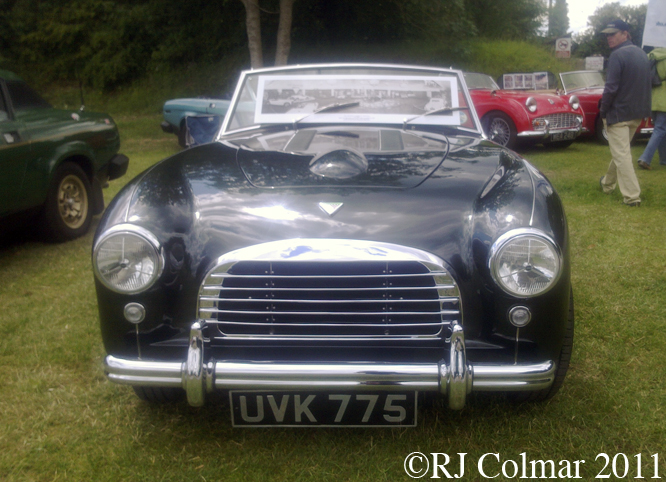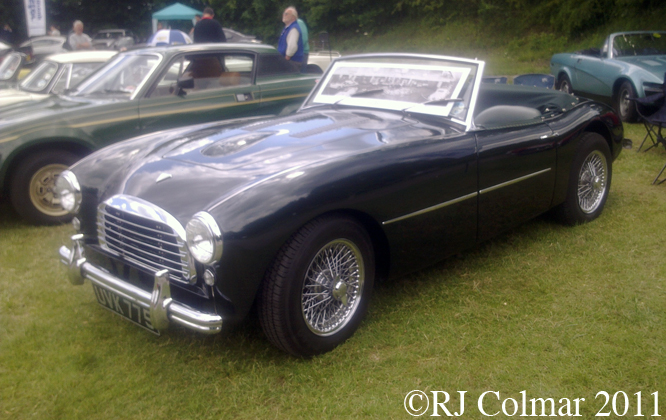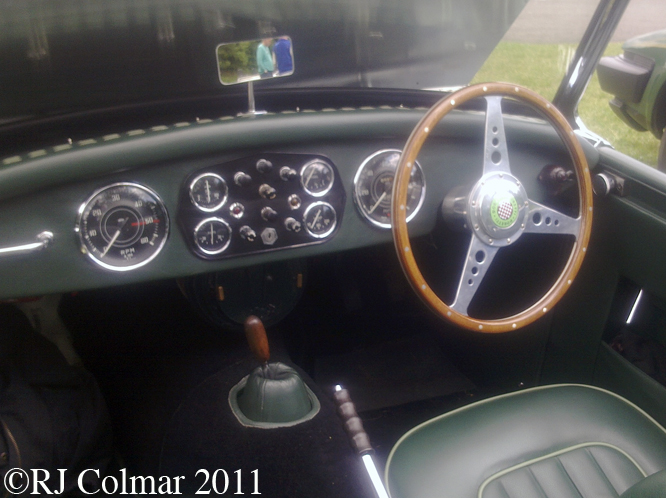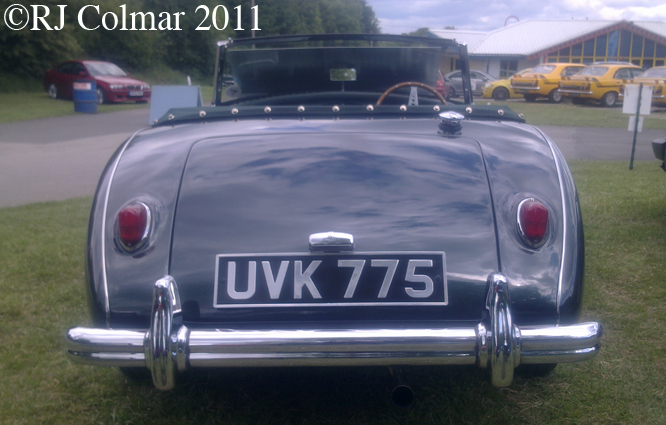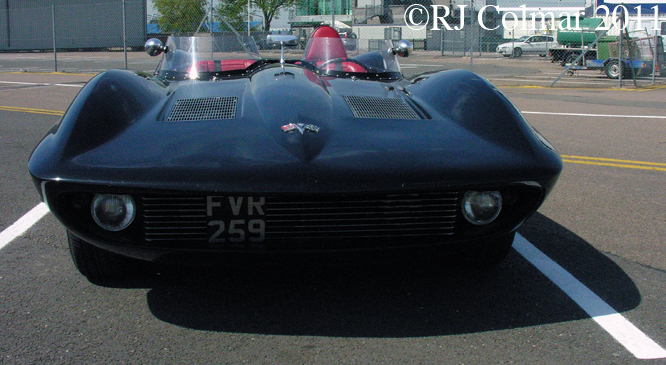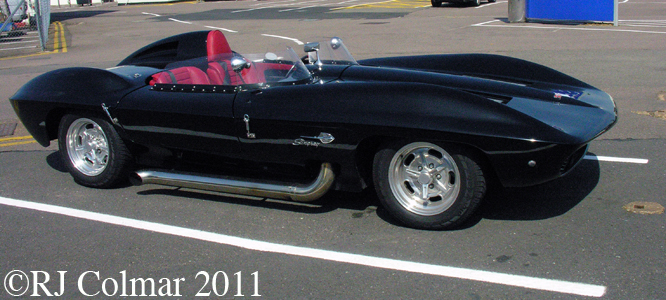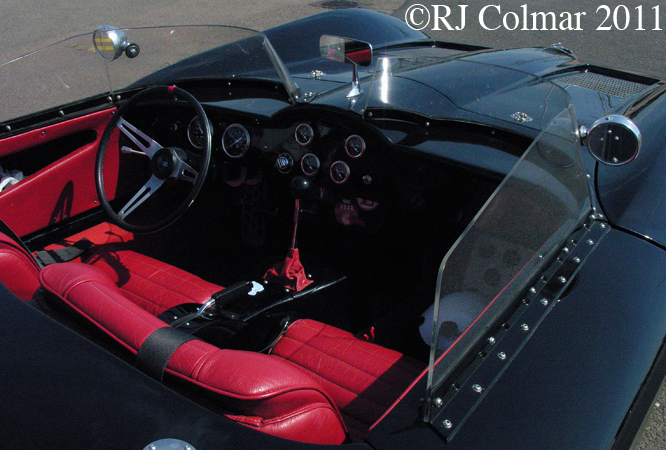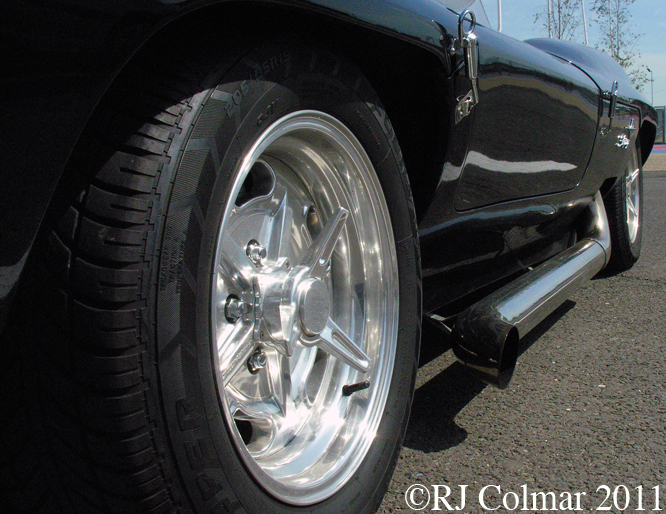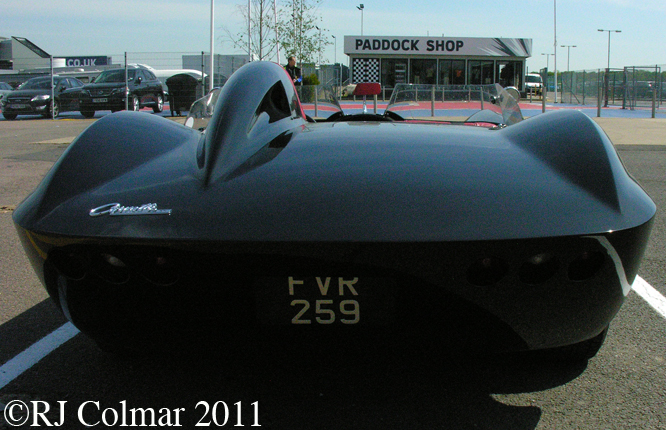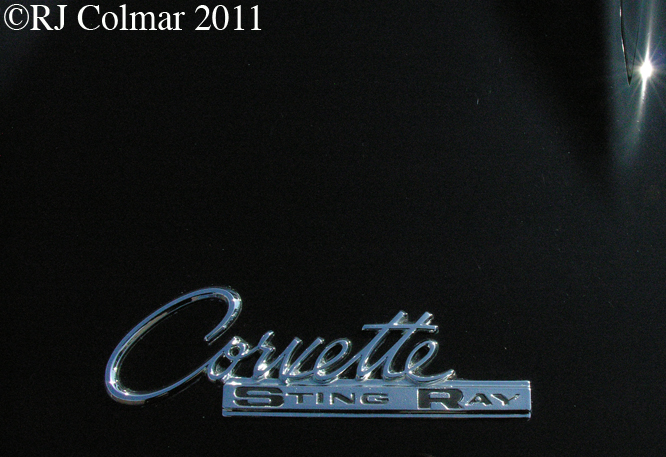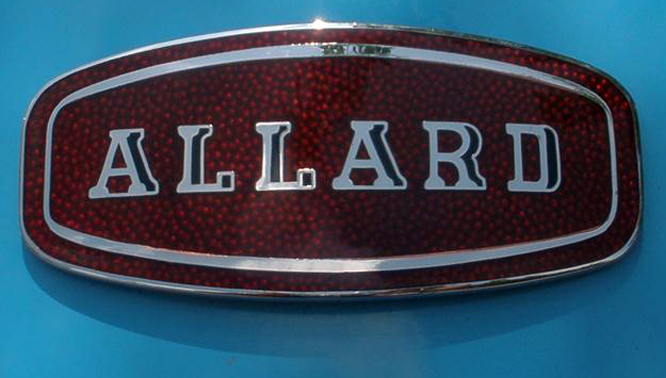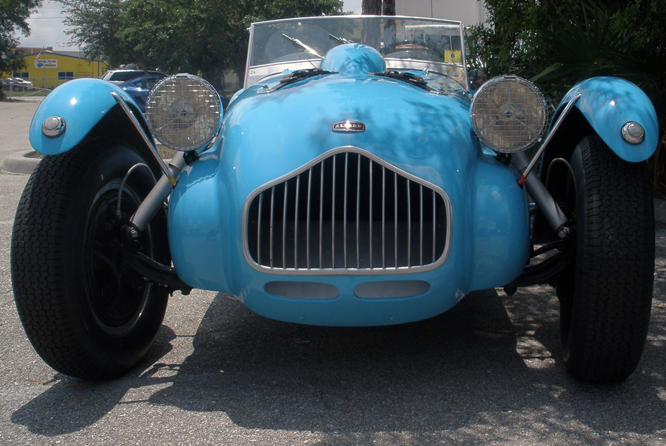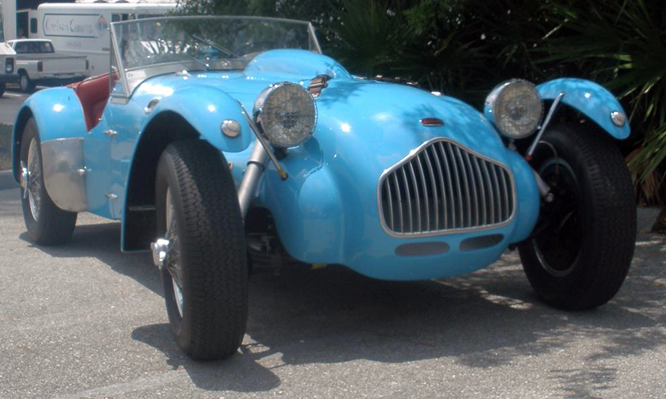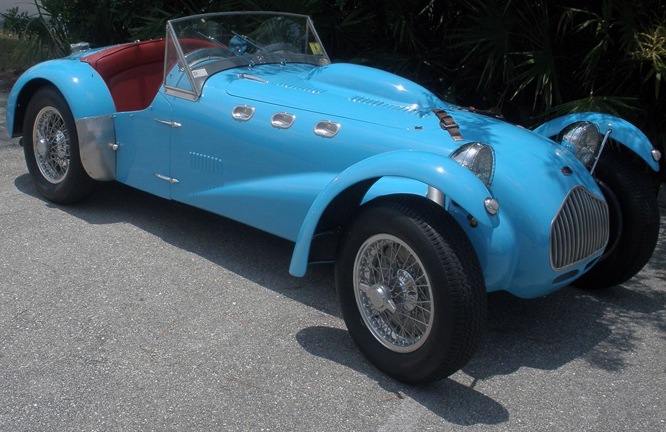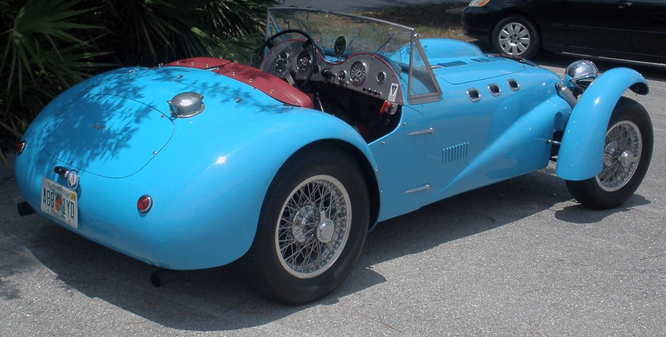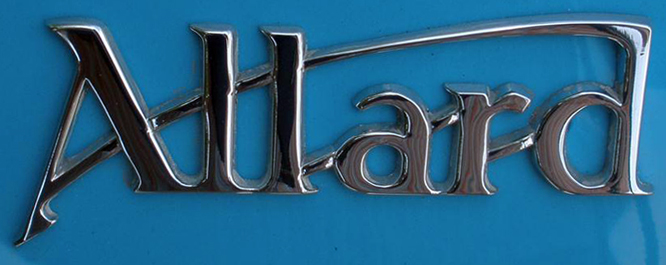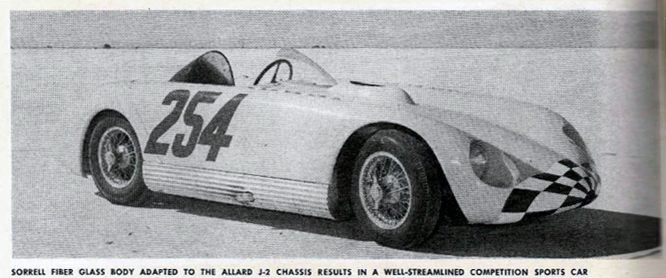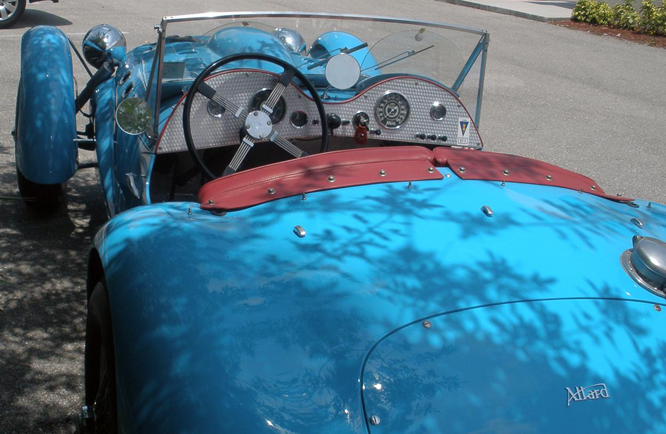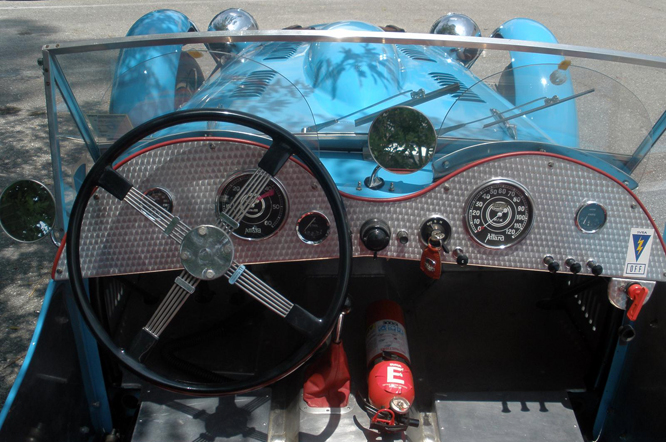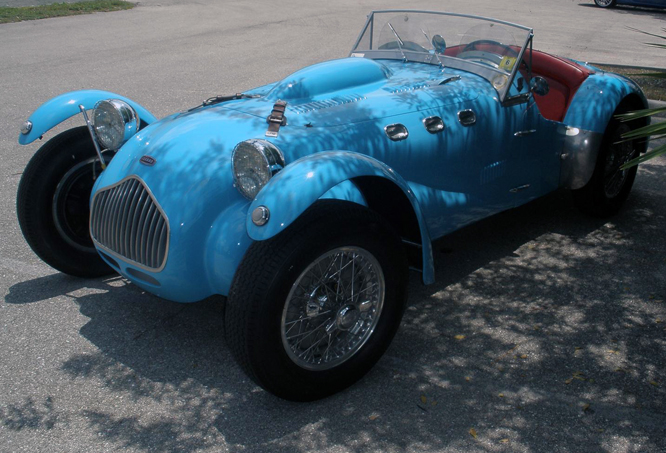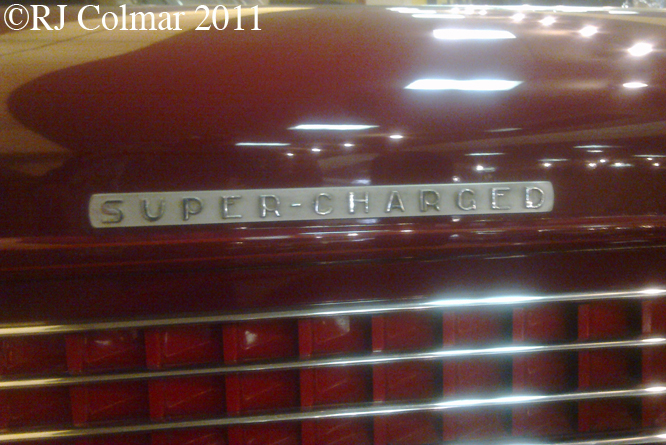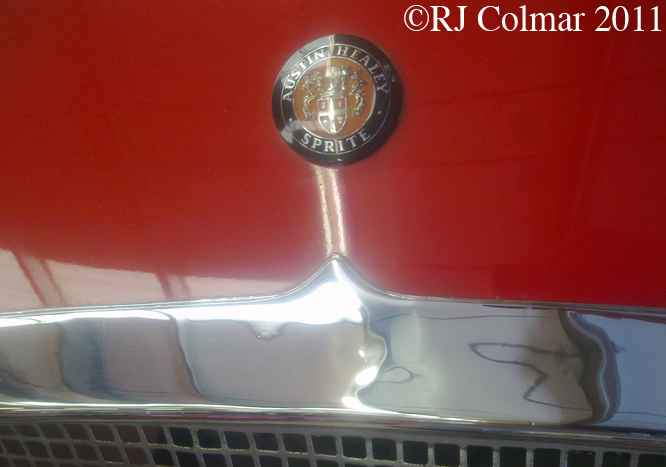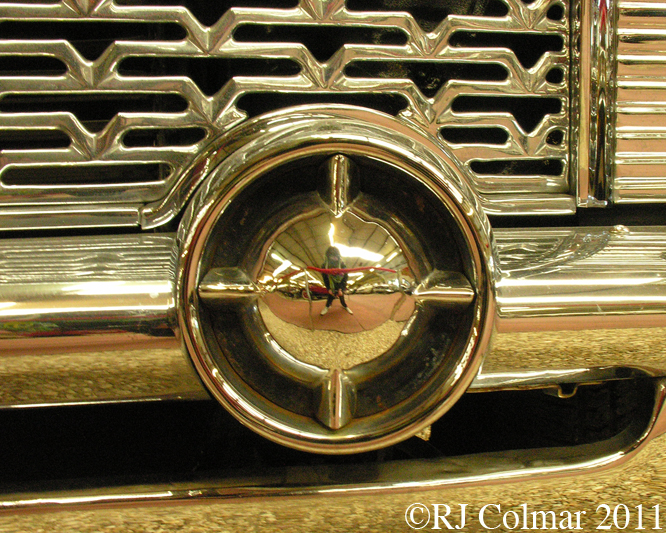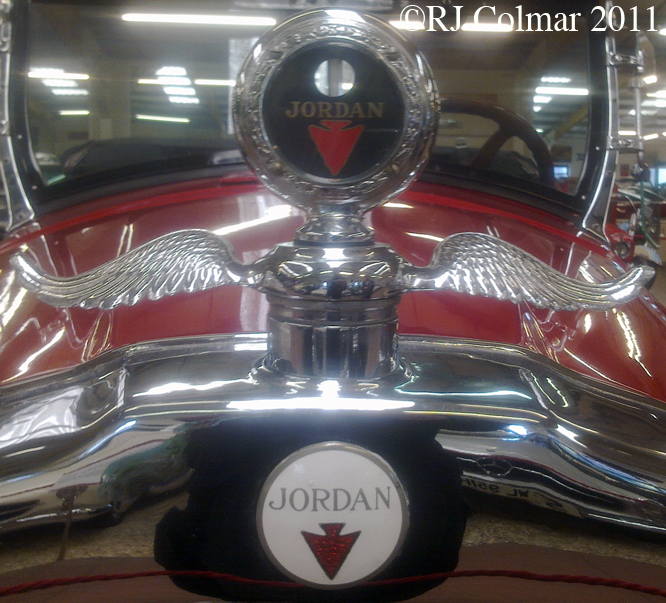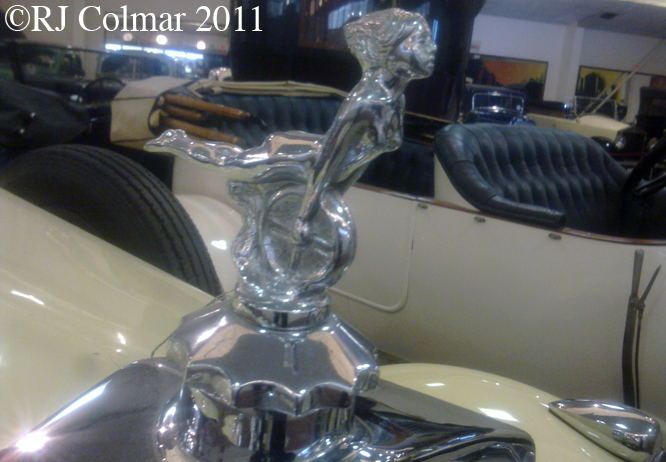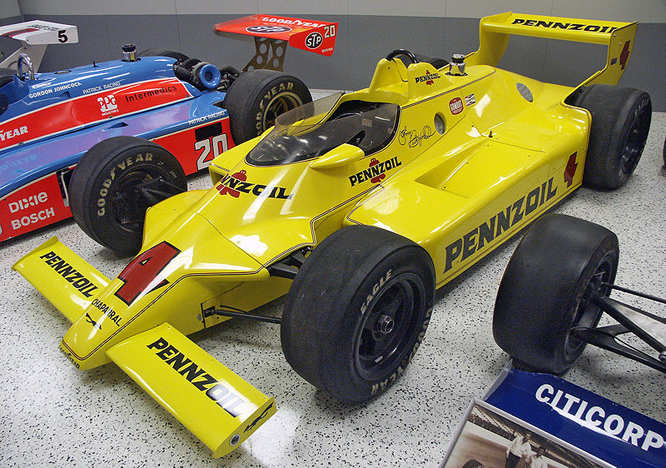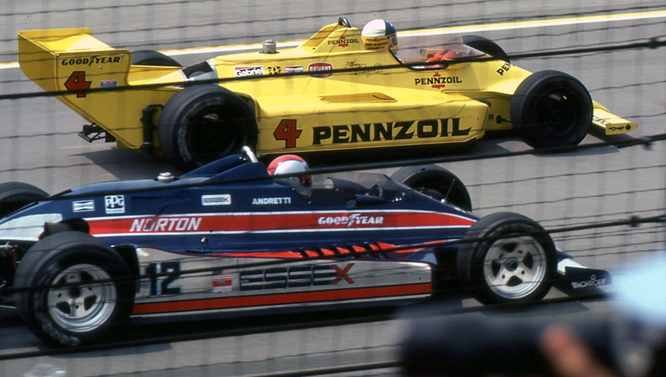Today we are looking at a Jedi Mk4 run by 2 time 1000 cc Monoposto Champion Arty Cameron that appeared at Castle Combe for the Free Single Seater Series the week before last.
Arty is from a big racing family who’s father Tim started racing in 1958, 3 of Arty’s 7 siblings also compete.
The Jedi Mk4 was designed by racer John Corbyn and built in Wellingborough to accommodate a variety of motorcycle engines, Arty uses a 1000 cc / 61 cui Yamaha R1 motor which produces 183 hp
that is transmitted to the rear wheels by chain drive.
Thanks to a high power to weight ratio, car and driver 400 kgs a potential acceleration time of 0 – 60 in under 3 seconds is possible,
Arty beautifully translated this potential into this memorable start at Castle Combe two weeks ago in which starting from 5th he led the opening lap
against faster Formula 3 cars with larger tyres and more powerful motors with ease during an all comers race.
The Jedi flew around the corners, Arty displaying masterful car control as it did so.
Unfortunately the giant killing act was judged to have been the result of a jump start and Arty’s 10 second penalty became irrelevant after his engine grenaded, possibly the result of an oil leak during qualifying.
I look forward to seeing what Arty can do next time out which I hope will be next weekend at Castle Combe for the August Cup.
If you have an open wheel vehicle that can meet the 108db limit, and I have seen some 7 litre V8’s and an 8.3 litre V10 meet that requirement recently, why not come along to Castle Combe and join in the fun. Should you looking be looking for a driver, you could do worse than give double Monoposto Champion Arty a call, he is certain not to disappoint.
My thanks to Geoff E, Simon Lewis and JMH of The Nostalgia Forum for coming up with additional details for today’s post.
Hope you have enjoyed today’s Monoposto edition of ‘Gettin’ a lil’ psycho on tyres’ and that you will join me again tomorrow. May the force be with you and don’t forget to come back now !

